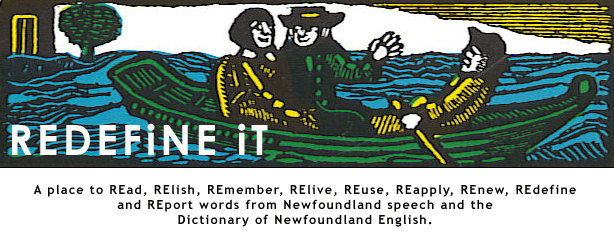
Lathyrus maritimus (L.) Bigel, commonly known as beach pea, grows along the shorelines of Newfoundland, Canada. Here is a description of some research on beach pea in Salmon cove, Newfoundland.
By Andris Petersons
SPARK Student
Biologists at Memorial are trying to turn a wild legume crop, which naturally grows along the shorelines of Newfoundland, into a cultivable cold-climate crop.
The botanical name of the beach pea is Lathyrus maritimus (L.) Bigel. Another species of the same family, the grass pea (Lathyrus sativus), is growing in India, Bangladesh, other Asian countries and Africa, where people use the seeds of that crop as a stable food source.
Chinnasamy Gurusamy, who is completing doctoral studies in biology, is working with Dr. Arya K. Bal on the beach pea research. Researchers in the departments of biology and biochemistry at Memorial and scientists at Agriculture Canada are working to domesticate this crop. After learning all possible details about the beach pea, Agriculture Canada is going to recommend it to local farmers.
“I found in literature that in the past stranded sailors sometimes used to eat the seeds of this plant temporarily for survival,” said Mr. Gurusamy.The seeds of the beach pea are rich in nutrients and minerals, like the soya beans that people use for making soup or curry.
“One student already got a PhD on the chemical aspect of the seed of this crop. He compared this crop with the one from Asia and he found that the seeds of the beach pea contain more minerals and more nutrients. People use only seeds. The green parts would be used as animal feed,” Mr. Gurusamy said.
Most of the seeds in this species carry toxins that cause lathyrism (intoxication), which may affect the nervous system, spine and brain. But biochemical studies have shown that the level of neurotoxin in the beach pea seeds is 40 times lower than in seeds from the plants in Asia and Africa. In India, many varieties of the crop have been produced with reduced neurotoxin levels.
Mr. Gurusamy’s research is strongly related to the community and devoted to Newfoundland, particularly Salmon Cove in Conception Bay North.
“All the beach pea samples are from the sandy beaches of Salmon Cove. We created awareness among the people of Salmon Cove. We met with the town council and explained the importance of this crop,” said Mr. Gurusamy.
Two years ago, the Salmon Cove development association took on the job of protecting and promoting the beach pea. Last July, the community held its first “Beach Pea Festival” and declared the beach pea the official plant of Salmon Cove. (This year, the festival will be heldfrom July 12-16.) The town council, with the help of Agriculture Canada and provincial government grants, organized a major clean-up at the local beach, the home of the beach pea.
“I am working mainly on the winter survival of root nodules. There are bacteria in the soil called rhizobia. They penetrate into the root and form root nodules. Usually people use fertilizer to improve the field. This organism fixes atmospheric nitrogen in the plant and also naturally enriches the soil nutrients by a symbiotic relationship. These bacteria seldom withdraw some nutrients from the plant for their own growth. I am also working on the pattern of seed development, maturation and abortion in beach pea,” Mr. Gurusamy explained.
******************
This word of the week tangent brought to you by Rattling Books.





No comments:
Post a Comment